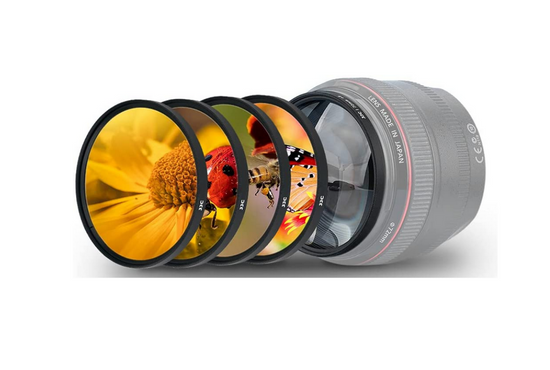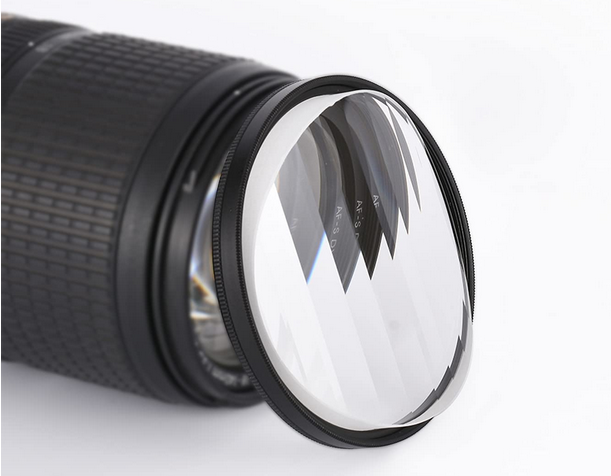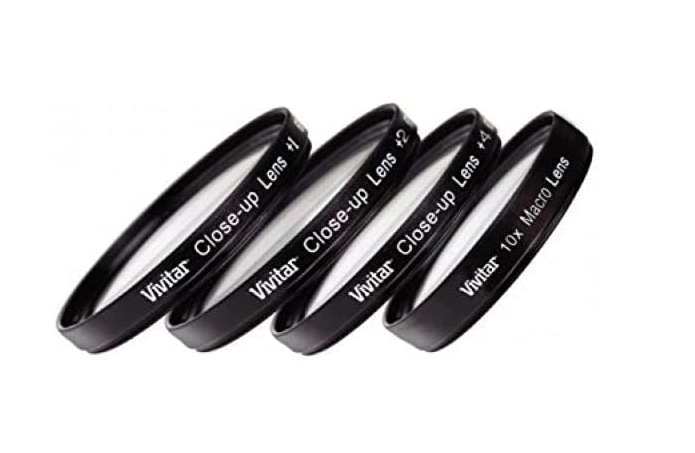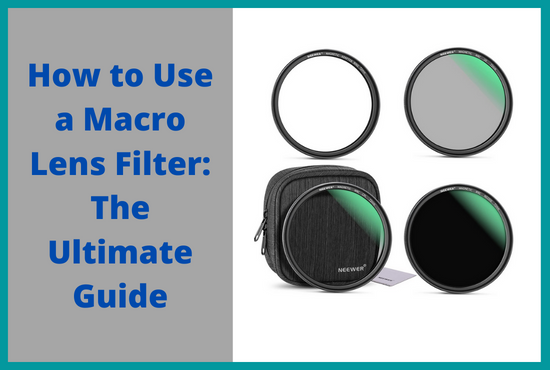As an Amazon Associate I earn from qualifying purchases.
Thinking of using a macro lens filter to capture even more detailed images? You’ve come to the right place. Using a lens filter is an excellent way to get up-close-and-personal with your subject without spending too much money. In fact, in some cases, they can be almost as effective as investing in a macro lens.
Macro lenses are generally expensive, especially if you’re after something that’s top-notch and will capture incredible macros every time. Fortunately, there are many affordable options when it comes to using a macro lens filter instead.
There are numerous benefits to using macro filters in your photography – from saving you money on buying an expensive new lens (which you may not even need) to being able to shoot subjects from different angles that would have previously been difficult.
Read on for more information about these handy accessories and how you can use them in your photography.
Contents
What is a Macro Lens Filter?
A macro lens filter is a circular filter that is attached to the end of your lens, enabling you to take macro photography from a distance. Macro photography, also known as close-up photography, involves taking photos of small details or objects that are very close to the camera lens.

Macro lenses are often used for this, but a filter can be used for taking macro images from a distance, such as of insects, flowers, and other small objects. A lens filter is basically a magnifying glass that attaches to the end of your DSLR lens.
It allows you to get incredibly close to your subject without having to get as close as you would without the macro filter. They are generally inexpensive and are usually attached with an adapter ring.
How to Use a Macro Lens Filter ?
To use a macro lens filter, the first step is to mount the filter to the end of your lens. The filter will most likely come with an adapter ring that you can screw onto the front of your lens.Once it’s securely attached, turn your camera on and then turn the macro filter by rotating it. The filter will be marked with numbers, indicating how much you have turned it.
Turning the macro filter will increase the magnification level of your lens, enabling you to get even closer to your subject. You can then focus on your subject and take the photo just as you would without the filter attached. Once you’re done using the macro filter, simply unscrew the adapter ring and take it off the lens.

To keep your filter in good condition, it’s best to clean it regularly. While a lens filter can be an effective tool for photography, it does have some limitations. The first is that it can be difficult to focus on both your subject and your camera’s viewfinder at the same time.
While you can use autofocus to help, it can be challenging to get the right composition. Another limitation is that you may be unable to photograph certain subjects that come too close to the lens. For example, bees and other insects may be too close to the lens and get caught in the filter.
Benefits of Using a Macro Lens Filter
There are several benefits to using a macro lens filter, including being cheaper than investing in a macro lens. A macro lens filter can cost as little as $20, while macro lenses are often priced much higher.
A macro lens filter can also be used on many different lenses, as opposed to a macro lens, which is only compatible with one lens. This means that if you decide to sell your lens at some point, you can still use the macro filter with a different lens.
A macro lens filter is also more portable than a macro lens, since it can easily be attached to your lens and stored in your camera bag when not in use. Macro lenses, on the other a hand, need to be stored carefully and may not be as easy to travel with.
Limitations of Using a Macro Lens Filter
While there are many benefits to using a macro lens filter, it does have a few limitations. The first is that a filter doesn’t have autofocus capabilities, so you’ll need to manually focus your lens to take clear, crisp photos.
This can be challenging, especially if you have a wide-angle lens, since macro filters don’t magnify the view that much. A filter can also be harder to use when photographing larger objects, such as landscapes.
A macro filter produces a relatively small image, so it may be difficult to fit a landscape image into the frame. A filter may also be harder to clean than a macro lens. A macro lens is only one piece, while a macro filter has several components that need to be cleaned.
How to Buy the Right Macro Filter ?
While there are many different macro lens filters available, it can sometimes be difficult to decide which one to buy.
Macro filters are available in many different types, including glass and plastic, and with different magnification levels.
Before you buy a macro filter, it’s important to consider the type of photography you’ll be doing and the type of lens you’ll be attaching it to.
Vivitar Close-up 52mm Macro Lens Filter

Before you purchase a macro filter, it’s important to take several things into consideration. The first is the magnification level, which is typically indicated by a number.
Generally, the higher the magnification level, the smaller the image will be. A macro filter’s construction, such as the materials used and whether it’s coated, can also make a difference. Macro filters are made from a variety of materials, including glass and plastic.
While there are advantages and disadvantages to both, glass filters tend to be more expensive but are also more durable. For photography with a wide-angle lens, opt for a macro filter with a lower magnification level.
For macro photography with a telephoto lens, a macro filter with a higher magnification level is recommended.
Final Words
Macro photography is a great way to get creative with your photography and capture amazing, detailed images. A macro lens filter can be an excellent way to get started in macro photography without having to invest in a macro lens.
Macro filters are relatively cheap, easy to use, and can be used on different lenses. However, it is important to consider the magnification level, construction, and magnification that is best for your photography when choosing a macro filter.
As an Amazon Associate I earn from qualifying purchases.

